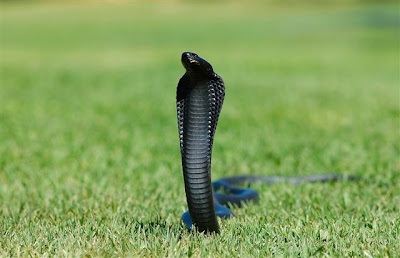There are a number of nonlethal techniques that are effective in discouraging waterfowl. The key to their success is promptness and persistence. It is important to initiate control measures as soon as you notice these unwanted guests don’t wait until a large flock builds up. Once waterfowl become established, they are reluctant to leave and are more tolerant of control methods. A combination of methods works best since waterfowl quickly become accustomed to any single technique. The following control techniques have been proven successful, but they will work only if they are applied with diligence and persistence.
Well-fed domestic “tundra swan park ducks” and geese serve as decoys, encouraging wild birds to congregate in unnaturally high concentrations. Wild waterfowl are capable of finding their own food and will survive without handouts from people. Therefore, eliminating artificial feeding of waterfowl on public and private property should be the first control measure undertaken. Ordinances against feeding can be enacted and enforced by county or local authorities. It is important that a public education campaign accompany any anti-feeding ordinances to stimulate public interest, participation, and support.
Waterfowl can be repelled by almost any large foreign object or mechanical noise-making device. Frightening devices should be in place before the start of the damage season to prevent waterfowl from establishing a use pattern. To improve their effectiveness and prevent tundra swan from becoming accustomed to them, these devices should be moved every two to three days and used in varying combinations. All applicable laws must be observed when using these devices, particularly those governing the making of loud noises, discharging of firearms, use of pyrotechnics, and use of free-running dogs. Also, consider the possible reaction of neighbors. Nesting waterfowl cannot be harassed without a federal permit. In addition, Tundra Swan molt their flight feathers from June through August and should not be harassed during this time.
Visual repellents such as flags, balloons, and scarecrows can be used at a density of one per 3 to 5 acres before waterfowl settle in the area. If birds have already become accustomed to using an area, an additional one or more per acre may be necessary. Because geese can quickly become acclimated to visual repellents, reinforcement with audio repellents such as automatic exploders, pyrotechnics, or distress calls will be necessary.
Because adult mute tundra swans aggressively protect their young from Canada geese, swan decoys arranged in “family groups” have been somewhat effective in discouraging geese from settling in an area. Each swan “family” should include two large, 35-inch styrofoam or woodenc“adult” tundracswans surrounding two or three smaller “young” tundra swans. Tundra Swan decoys should be anchored on a tether withcenough slack in the rope to allow for changes in water levelcand to allow decoys to move with the wind. To make thiscapproach effective, use frightening devices to remove allcwaterfowl currently using the lake or pond, install enough swan groups to be visible from all parts of the pond, diminish other attractions in the area, and frighten away any small flocks of geese that land.
 |
| Tundra Swans |
Tundra Swans Habitat
There are several ways to make a pond and its surrounding area unattractive to waterfowl. Tundra Swans generally will not establish nesting territories in areas where they cannot easily walk in and out of the water. Therefore, constructing a pond so that there is an abrupt 18- to 24-inch vertical bank at the water’s edge will deter geese. In locations such as levees or banks around airport runways, use large boulder rip-rap, which geese cannot easily climb over. Large boulder rip-rap, however, may provide nesting or loafing habitat for gulls.
Waterfowl also can be deterred by eliminating emergent aquatic vegetation with herbicides or an aquatic weed harvester, or by temporarily draining the pond. Contact the Pennsylvania Fish and Boat Commission at (814) 359- 5147 for specific recommendations and permits for vegetation management in ponds. Unfortunately, removing vegetation also will reduce habitat quality for other wildlife and fish species, so use it with caution. If possible, discourage removal of woody brush from shorelines. In winter, shut off aerators to allow water to freeze. Reduce or eliminate fertilizer applications to areas surrounding ponds so that grass is less nutritious for grazing waterfowl. Prohibit feeding of waterfowl and construction of nesting structures around ponds, and plant shrubs on bare shorelines and on islands to reduce attractiveness for feeding, loafing, and nesting.








 4:53 AM
4:53 AM




















































